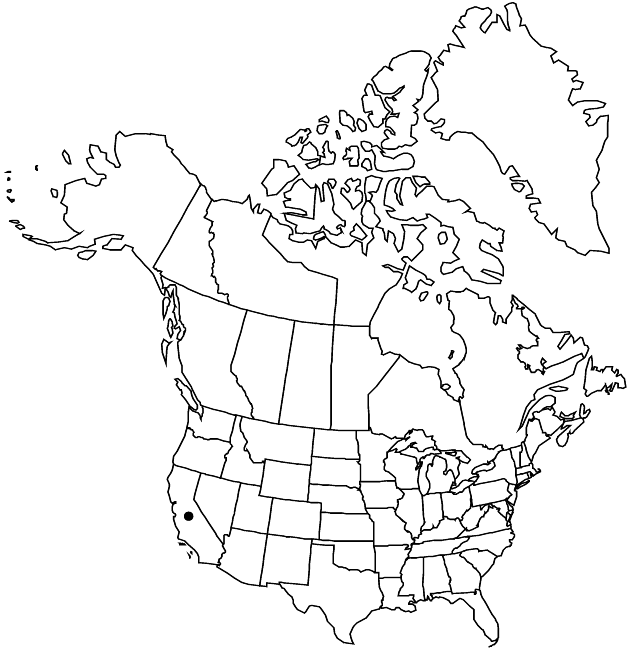Difference between revisions of "Arnica dealbata"
Novon 9: 460. 1999.
FNA>Volume Importer |
imported>Volume Importer |
||
| (One intermediate revision by the same user not shown) | |||
| Line 8: | Line 8: | ||
}} | }} | ||
|common_names=Mock leopardbane | |common_names=Mock leopardbane | ||
| + | |special_status={{Treatment/ID/Special_status | ||
| + | |code=E | ||
| + | |label=Endemic | ||
| + | }} | ||
|basionyms={{Treatment/ID/Basionym | |basionyms={{Treatment/ID/Basionym | ||
|name=Whitneya dealbata | |name=Whitneya dealbata | ||
| Line 52: | Line 56: | ||
|publication title=Novon | |publication title=Novon | ||
|publication year=1999 | |publication year=1999 | ||
| − | |special status= | + | |special status=Endemic |
| − | |source xml=https:// | + | |source xml=https://bitbucket.org/aafc-mbb/fna-data-curation/src/2e0870ddd59836b60bcf96646a41e87ea5a5943a/coarse_grained_fna_xml/V19-20-21/V21_941.xml |
|tribe=Asteraceae tribe Heliantheae | |tribe=Asteraceae tribe Heliantheae | ||
|subtribe=Asteraceae (tribe Heliantheae) subtribe Chaenactidinae | |subtribe=Asteraceae (tribe Heliantheae) subtribe Chaenactidinae | ||
Latest revision as of 20:15, 5 November 2020
Plants 15–35 cm. Stems mostly simple. Leaves 3–8 pairs, mostly crowded toward bases; petiolate (at least proximal); blades elliptic to oblanceolate or obovate, 5–10 × 0.5–3.5 cm, margins entire, apices acute, faces densely hairy (hairs relatively short, curly) and sessile-glandular (distal leaves sessile, much reduced). Heads 1–6. Involucres campanulate to hemispheric. Phyllaries 5–12 (in 1 series), oblong or elliptic. Ray florets 5–12; corollas yellow. Disc florets (functionally staminate): corollas yellow; anthers yellow (styles rarely exserted). Cypselae brown to black, 4–10 mm, sparsely to densely hirsute (hairs usually simple, rarely duplex) and sparsely stipitate-glandular; pappi 0. 2n = 38, 76.
Phenology: Flowering Jun–Aug.
Habitat: Open forests, meadows, slopes
Elevation: 1200–2400 m
Discussion
Although Arnica dealbata lacks pappi, morphologic, cytologic, and molecular data (B. G. Baldwin and B. L. Wessa 2000; Baldwin et al. 2002) clearly support its inclusion in Arnica.
Selected References
None.
